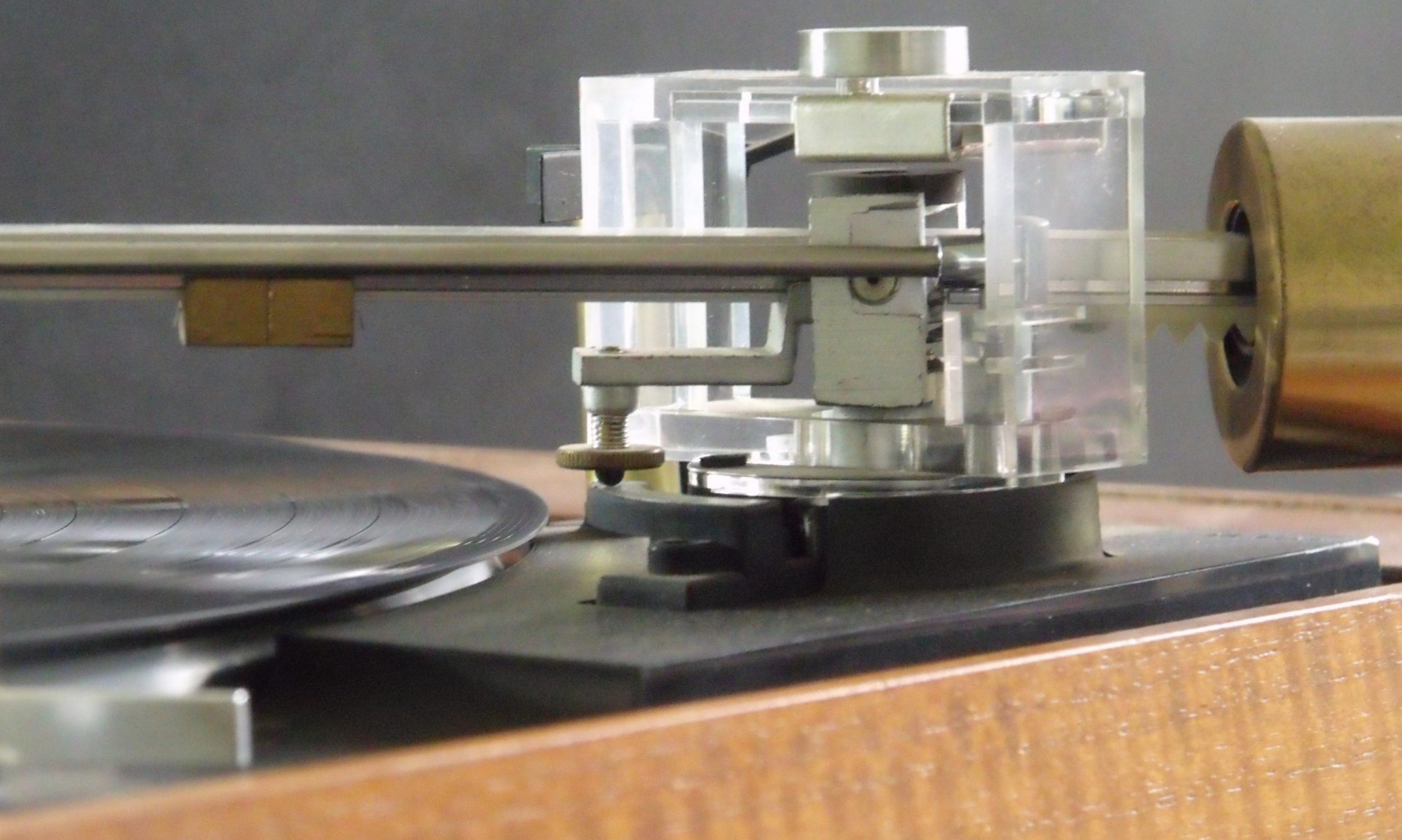Granddad liked to place a couple of bob on the horses, then settle down in front of the telly to watch his chosen filly come trailing in at leisure. It didn’t always work out that way though. Quite often we would arrive to find the TV on the kitchen table in bits.

The back would be off, but the power would be on. A picture was usually present, but moving more than it should. Scrolling, shaking or wobbling. Sound would be a loud hiss. Granddad would have one arm stuck in the back, wiggling things. Occasionally the picture would stabilize as a result of this wriggling. and all would be good. More usually though he would end up reaching for a rusty old biscuit tin which lived aloft the kitchen cupboards.
This tin contained a sprinkling of the magic of electronics. thermionic valves! He had accumulated a good selection over the years as he attempted to fix various old telly’s. In time I came to realize that his often successful attempts at repair were based not on any knowledge or understanding, but purely on random replacing of these valves and twiddling of knobs . The valves were fascinating. Small glass vessels with intricate metal structures within. When plugged in to the sturdy metal chassis of the TV they glowed with a satisfying red hue which reflected off the workings. Indeed the first clue as to which one to replace was often simply the absence of this glow.

I was allowed to handle them carefully and pass them to Granddad as he fumbled, always one handed, in the back of the appliance. It would be many years before I came to understand that these things work in the same way as the particle accelerators at CERN. I would come to have enough knowledge of how TVs’ work to pass a University exam on the subject. I would even come to know my ECC33’s form my KT66’s. However, for now, it was the fascination of these little glass bottles of wonder which kindled my lifelong interest in Electronics both as a hobby and, for a while at least, as a career.

TV repair men back in the day always kept one hand in a pocket while working with the other. This was to ensure that there was never a direct route for electric current from one hand, up the arm, across the chest and down the other arm. This could ruin your day, since the heart was slap bang in the middle of that route. Granddad lived to a ripe old age largely because he knew this.
